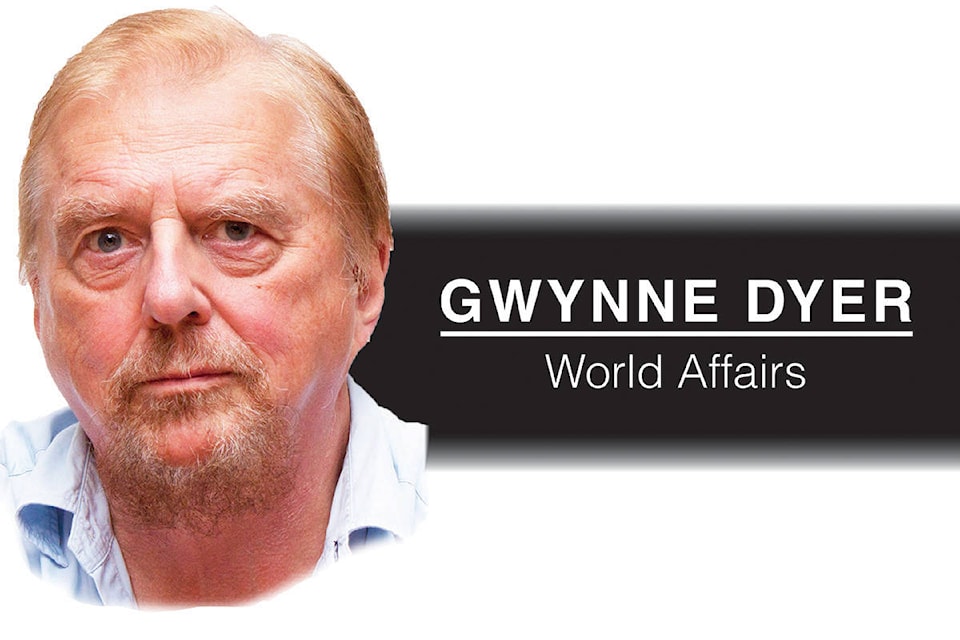There are actually fewer migrants crossing the Mediterranean and landing in European Union countries this year than in any other recent year: only 37,000 so far, although the flow will increase with good summer weather. But they are nevertheless the ‘last straw’ as far as some EU countries are concerned. Patience is running out.
Last week Italy’s new populist government stopped a ship that had just rescued 630 African migrants from the usual overloaded, sinking boats from coming into any Italian port. “Saving lives is a duty, turning Italy into a huge refugee camp is not,” said Matteo Salvini, Italy’s Deputy Prime Minister, in a tweet. “Italy is done bending over backwards and obeying – this time THERE IS SOMEONE WHO SAYS NO.”
Eventually the even newer socialist government of Spain volunteered to take the migrants instead, although they had to endure several more days on open decks in poor weather before reaching Valencia. But it may have been a once-only gesture: the Spanish are feeling very put upon too.
Around 2 million migrants have entered Europe claiming to be refugees since 2014, which doesn’t sound like an unbearable burden. After all, the EU has 500 million citizens. Turkey, with only 80 million people, has taken in about 2 million Syrian refugees. Heroic little Lebanon has let in about the same number, which is equal to almost half its own native population.
But there are three factors that aggravate the situation in Europe. One is that the refugees in Lebanon have the same language, culture and religion as most of the Lebanese themselves. Even in Turkey they tick two of the three boxes. Whereas the ones who reach Europe don’t tick any of those boxes.
The second exacerbating factor is that only a few of the EU’s 28 countries are carrying almost all of the burden: Italy, Spain and Greece, where the migrant boats arrive, and Germany, which took in almost a million migrants in the single year of 2015. (That generous act is probably what cost Chancellor Angela Merkel a clear victory in last year’s election and forced her to cobble together a shaky coalition instead.)
The final factor is that many of the migrants – maybe as many as half – aren’t traditional refugees fleeing war or persecution. They are simply people who hope for a better life in Europe than the one they left behind, and are willing to face great risks and hardships to get it.
About half the people on the migrant ship that Italy turned away, for example, were from Nigeria or Sudan. Neither country is at war, and Nigeria is actually a democracy. Even the great wave of Syrian refugees in 2015 was made up of people who were already safe, in Turkey or elsewhere, but chose to keep going because Europe was richer and freer.
So the humanitarian impulse is blunted by cynicism about the migrants’ motives, and the very unequal distribution of the migrant burden among the various EU member states breeds conflict both between and inside those countries. The politics is already getting poisonous – and this is only a dress rehearsal for the real migrant apocalypse, which is not due for another decade or two.
Even now many of the ‘economic migrants’ are really climate refugees, although they would probably not use that phrase themselves. The family farm dried up and blew away, and there are no jobs in the local towns, so some family member has to go to Europe, find a job and send cash home.
This phenomenon is going to get a lot bigger. Global average temperature reached one degree C higher than the pre-industrial average just last year, and it is bound to rise at least another half-degree even if we do everything right starting tomorrow morning. It may rise a lot more.
The subtropical parts of the world, including the parts near Europe – the Middle East and the northern part of the African continent – already have hot, relatively dry climates. Global warming will make them hotter and dryer still, and cut sharply into food production. These regions also have by far the highest rates of population growth on the planet.
The time will almost certainly come when large parts of the Middle East and Africa north of the equator will be unable to feed all their people, and far larger numbers than now will abandon their homes and head for Europe. Nobody talks about this in public, but every European government that does serious long-term planning is well aware of it.
This vision of the future colours every decision they make about migrants even now, for the tougher-minded among them know that the borders will eventually have to be closed even if it means leaving people to die.
Most European leaders are still trying to balance the immediate humanitarian concern against that long-term strategic perspective, but they are gradually losing the struggle. And some, like the Polish, Hungarian and Austrian governments, and now the Italian government as well, have effectively decided to close the borders now.
Gwynne Dyer’s new book is ‘Growing Pains: The Future of Democracy (and Work)’.
